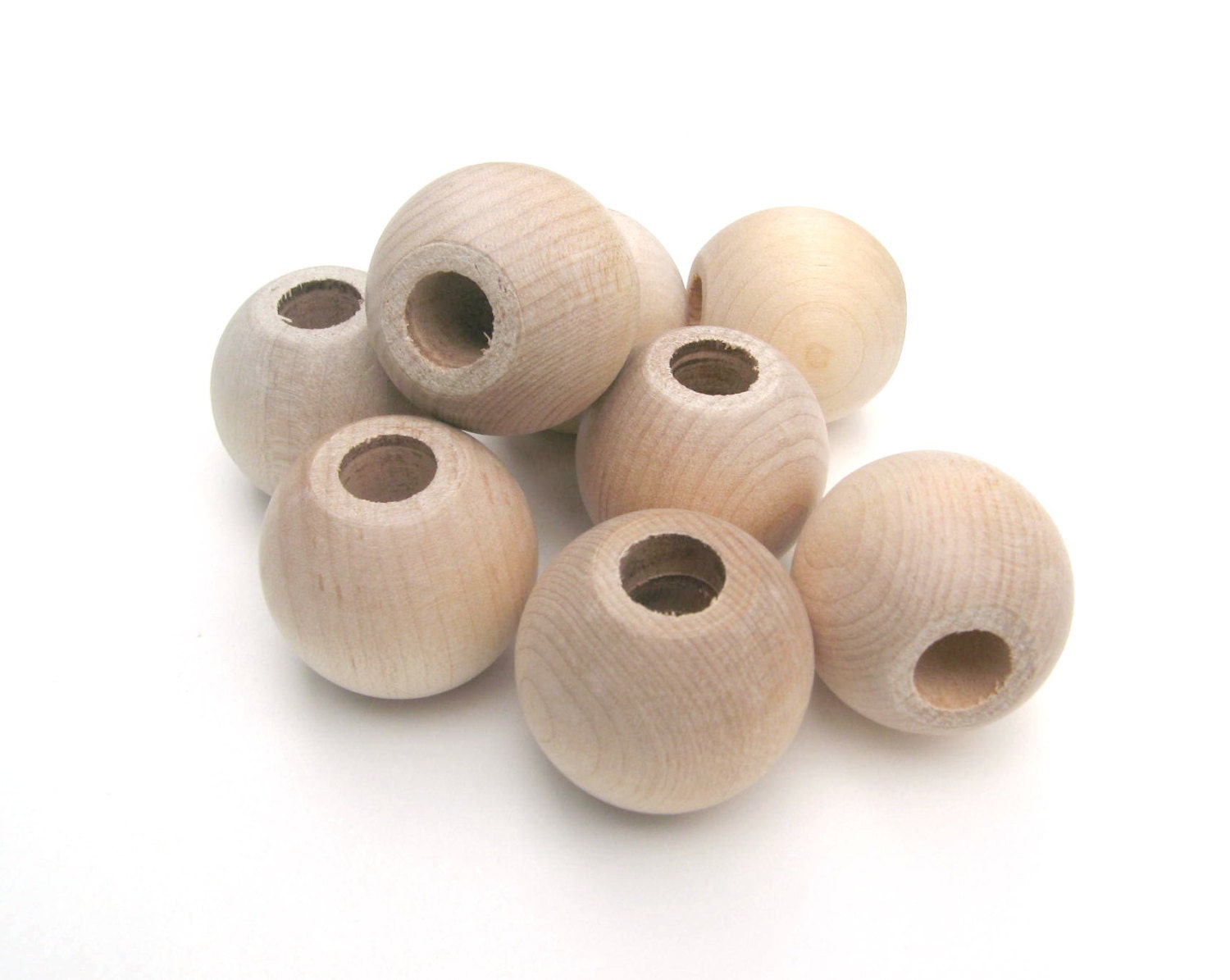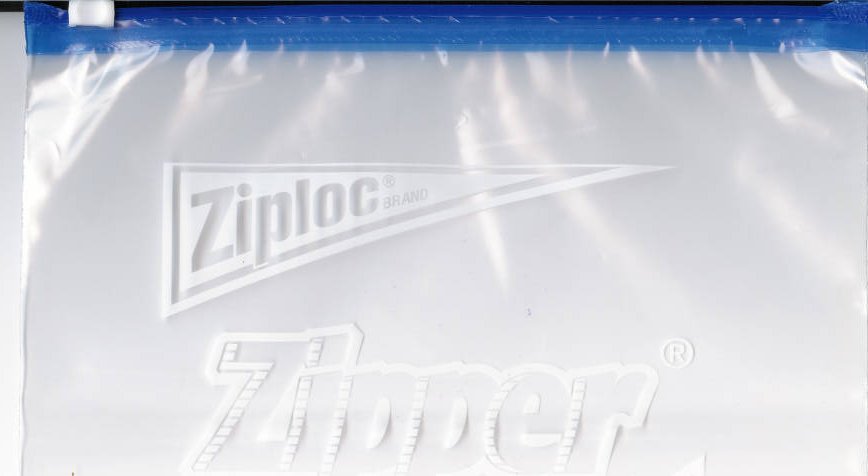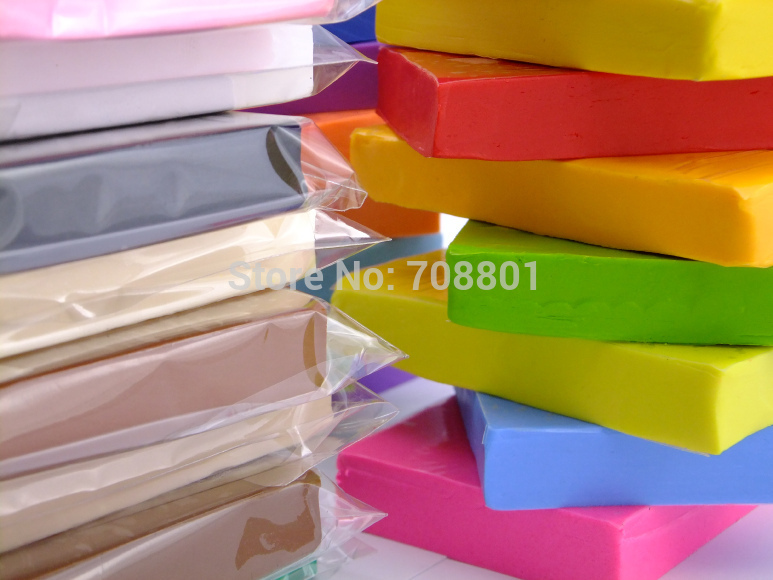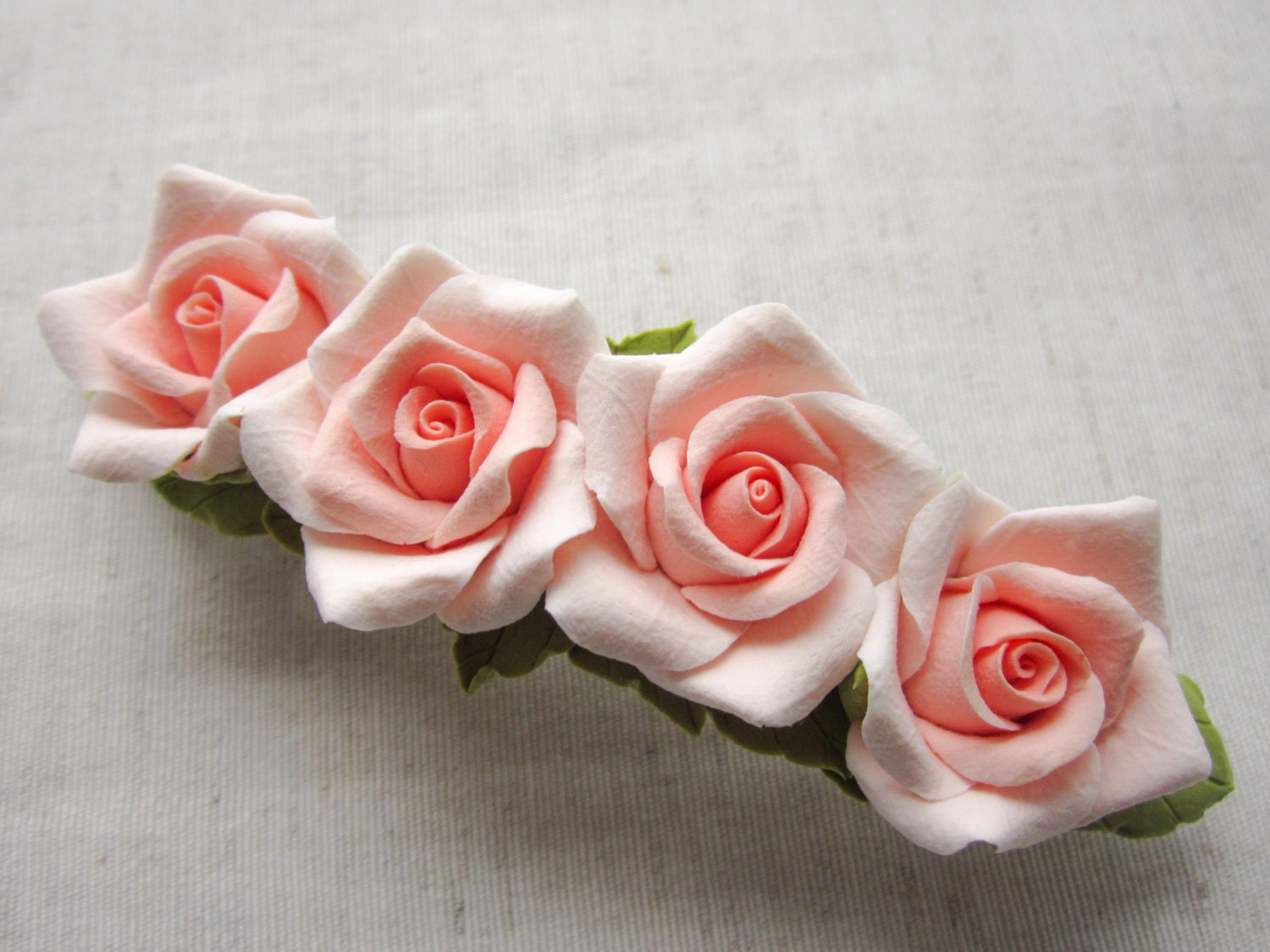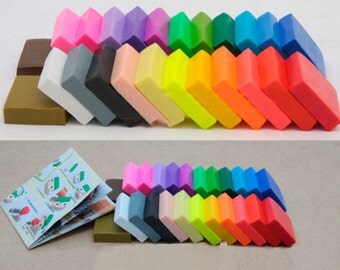The package and supplies arrived a while ago but I didn't really have time to start making anything because I was busy. Sorry about that... BUT...
The first thing I attempted to make was a rose and I did all this freestyle, my own way so it might not be the best. For me when I made these roses, I was just trying to figure out the texture of the clay, how long to bake it, etc. I was experimenting on colors and how to mix certain clays to get the types of color I want.
- Sculpey is much, much softer than Premo and I preferred the Premo as the Sculpey was sticking to literally everything! It left much larger stains on my hands but that can easily be washed off with some soap and water. You might want to take this into consideration when you are deciding what kind of clay to purchase. For the Premo, you might need to play around with the clay for a way in order to set it up but overall, in my opinion, it is much easier to use.
I’ll talk a little about mixing colors in order to get the shade you desire.
Basics:
Primary colors: Red, Yellow, Blue
- Red + Yellow = Orange
- Red + Blue = Purple
- Yellow + Blue = Green
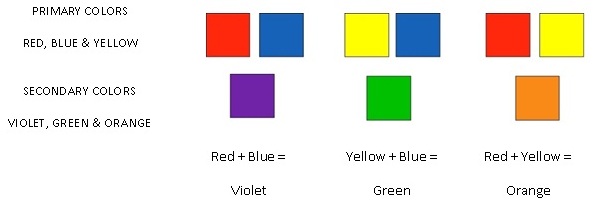

You can combine white with any color you want in order to make it lighter. For instance, mixing white with red will get you to pink. The greater the ratio of white as opposed to the ratio of red, the lighter the color will be. you can also make brown by mixing all of the primary colors together. The main colors I suggest that you get (if you wish to save money, limit the number of colors, etc) the three primary colors, white and black.
http://www.wikihow.com/Make-Brown-from-Primary-Colors (This will tell you how to make brown)
When mixing colors, you should start with a little clay. You should gradually add in color and make sure to mix and combine well! This might take some time and you should slowly add small amounts of different colored clay to adjust the coloring and get the color you want. When I first got my clay, it looked so small but I realized how much the clay would be able to last me. When you mix different clays and colors together, do realize that the “final” product will probably be much bigger than you started with. Mixing your own colors might be time consuming and if you wish to do so, you can simply purchase more colors.
This was just a little intro and I’ll be updating with how to make a rose fairly soon!



